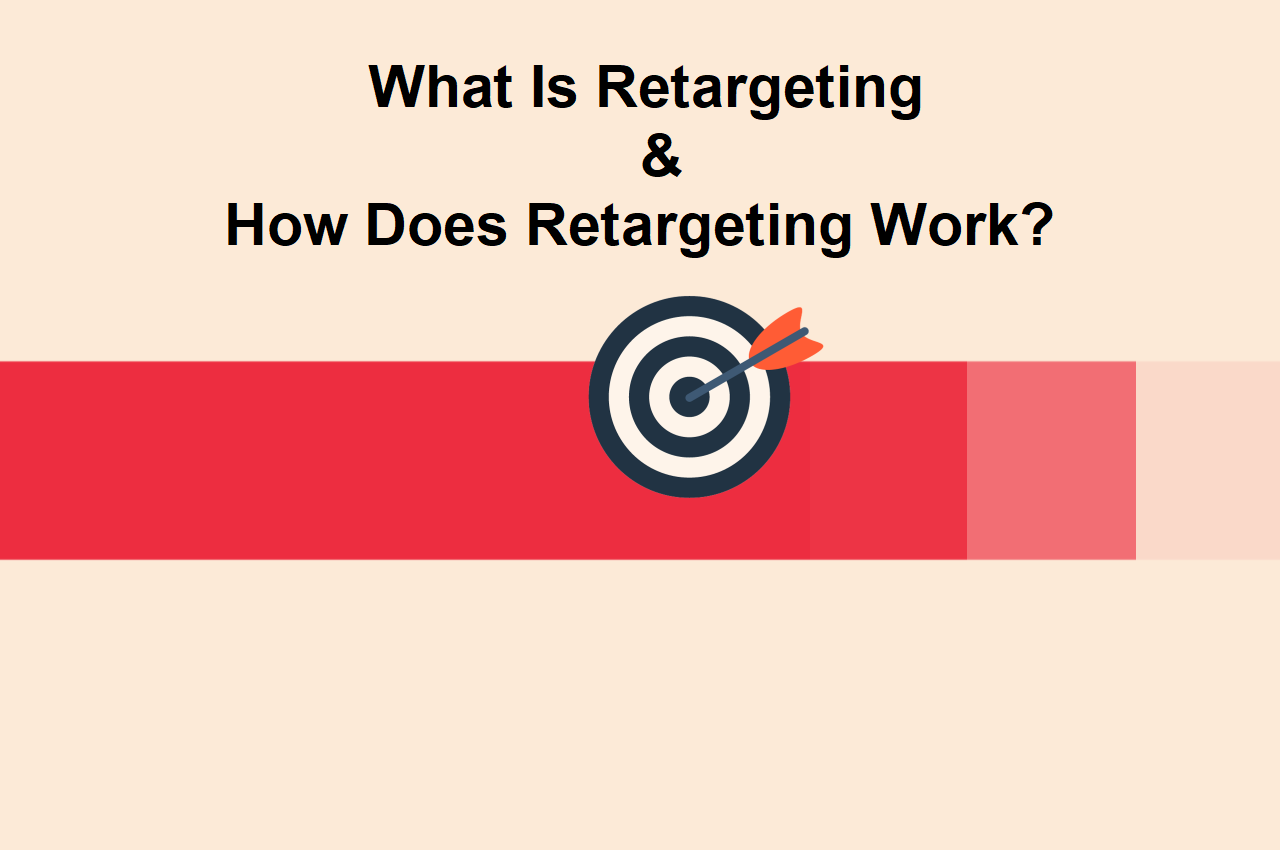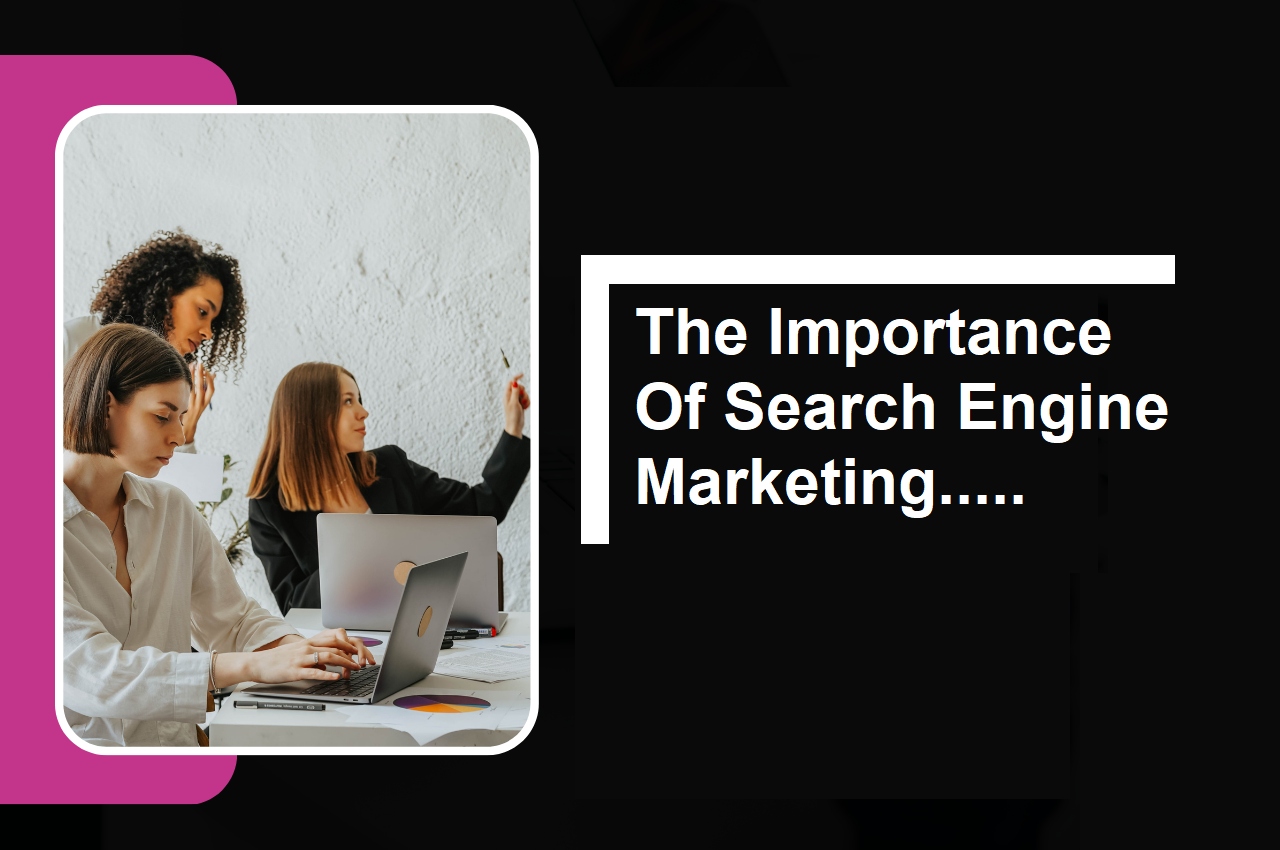The Importance Of Search Engine Marketing.
Search Engine Marketing (SEM) is crucial for businesses seeking online success. It ensures immediate visibility on search engine results pages (SERPs) through paid advertising, complementing organic efforts. SEM allows precise targeting based on keywords, demographics, and user behavior, optimizing ad spend. With real-time analytics, businesses can measure campaign performance, refine strategies, and maximize return on investment (ROI). SEM drives targeted traffic, increasing brand awareness and conversion rates. In the competitive digital landscape, SEM is essential for staying visible, reaching specific audiences, and achieving marketing objectives efficiently, making it a cornerstone of a comprehensive and impactful online marketing strategy.
I. Introduction
A. Definition of Search Engine Marketing (SEM)
Search Engine Marketing (SEM) is a multifaceted digital marketing strategy designed to increase a website’s visibility in search engine results through paid advertising. This guide explores the crucial role of SEM in today’s competitive online landscape.
B. Evolution of SEM
Tracing the evolution of SEM from its inception to the present, highlighting key milestones and shifts in the digital marketing paradigm.
II. Fundamentals of SEM
A. Core Components
- Paid Search Advertising
- Understanding the basics of paid ads and their impact on online visibility.
- Organic Search Optimization
- The synergy between SEO and SEM and their combined effect on search engine rankings.
- Keyword Research
- The foundational role of targeted keywords in driving SEM success.
B. Contextualizing SEM in Digital Marketing
Analyzing how SEM integrates with broader digital marketing strategies to achieve overarching business objectives.
III. The Impact of SEM on Businesses
A. Enhanced Visibility
- Search Engine Result Pages (SERPs)
- Exploring how SEM secures top positions on SERPs, increasing visibility.
- Mobile Search Dominance
- Adapting SEM for the prevalent use of mobile devices in online searches.
B. Targeted Traffic
- Relevance of Keywords
- Crafting campaigns to attract precisely targeted audiences.
- Geo-Targeting Strategies
- Leveraging location-based targeting for localized impact.
IV. SEM vs. Traditional Advertising
A. Cost-Effectiveness
- Pay-Per-Click (PPC) Dynamics
- Understanding the cost structure of SEM.
- Measurable ROI
- The advantage of quantifiable results and return on investment (ROI) in SEM.
B. Real-Time Analytics
- Data-Driven Decision Making
- Utilizing analytics for continuous optimization.
- Conversion Tracking
- The importance of tracking user actions for refining SEM strategies.
V. Building Brand Authority
A. Trust and Credibility
- Quality Score Significance
- How a high-quality score impacts ad placement and brand trust.
- Utilizing Ad Extensions
- Enhancing ad credibility through supplementary information.
B. Establishing Expertise
- Content Quality
- The symbiotic relationship between SEM and high-quality content.
- Industry Authority Building
- Becoming a recognized authority within a specific industry.
VI. SEM and Consumer Behavior
A. The Consumer Journey
- Micro-Moments
- Aligning SEM with users’ intent during different stages of their journey.
- Multi-Channel Engagement
- Integrating SEM with other marketing channels for cohesive strategies.
B. Influence on Purchase Decisions
- Remarketing Strategies
- How SEM keeps a brand in the consumer’s consideration set.
- Ad Personalization
- Tailoring ads to individual preferences for increased effectiveness.
VII. Adapting to Market Trends
A. Mobile-First Approach
- Mobile Optimization Strategies
- Adapting SEM campaigns for a mobile-first audience.
- Voice Search Impact
- Preparing for the rise of voice-activated search queries in SEM.
B. Emerging Technologies
- AI and Machine Learning Integration
- Automation and optimization in SEM.
- Video Advertising Trends
- The growing importance of video in SEM campaigns.
VIII. Challenges and Solutions in SEM
A. Ad Disapprovals
- Common Policy Violations
- Understanding reasons for ad disapprovals.
- Addressing Discrepancies
- Troubleshooting and rectifying disapproved ads.
B. Budget Constraints
- Effective Budgeting Strategies
- Maximizing results with limited budgets.
- Cost-Per-Conversion Optimization
- Balancing costs and returns for optimal performance.
IX. Future of SEM
A. Predictions and Speculations
- Technological Advancements
- The potential impact of future technologies on SEM.
- User Expectations
- Adapting SEM strategies to evolving user expectations.
B. Sustainable SEM Strategies
- Environmental Responsibility
- Incorporating sustainability in SEM practices.
- Ethical Advertising
- The role of ethics in future SEM campaigns.
X. Conclusion
A. Recapitulation
Summarizing the key points discussed in the guide and reinforcing the enduring importance of SEM in the ever-evolving digital landscape.
B. Encouraging Continuous Learning
Highlighting the dynamic nature of SEM and encouraging marketers to stay informed about emerging trends and technologies for sustained success.
C. Final Thoughts
Closing remarks on the indispensable role of Search Engine Marketing in shaping online visibility, driving business success, and adapting to the future of digital marketing.


